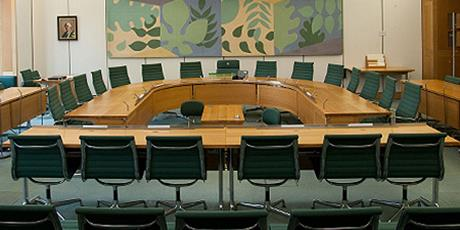
by Alex Dunnagan | Jan 18, 2023
A new PAC report argues that the government is “missing the opportunity to recover billions” Tax Debt stands at £41.6bn, over £20bn more than pre-pandemic levels, with HMRC estimating it will take “some years” for this debt to be reduced. New PAC report argues that...

by Alex Dunnagan | Sep 23, 2021
The deal TaxWatch has written to the Public Accounts Committee (PAC), the National Audit Office, and the Treasury Committee, requesting that inquiries be held into an out of court settlement between HMRC and General Electric (GE). Following a lengthy tax dispute...




